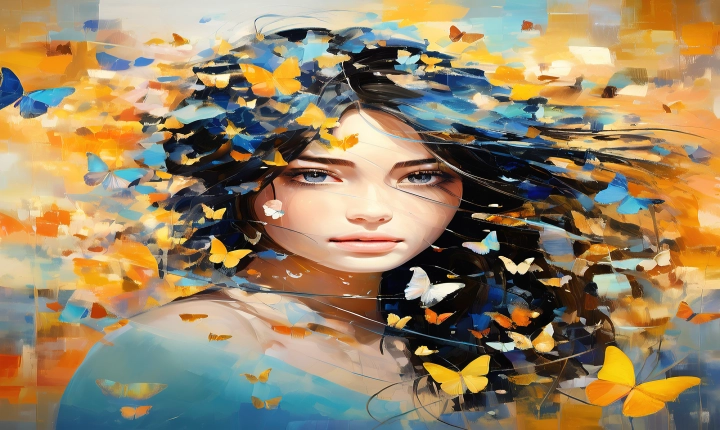Title: Exploring the Creative Possibilities of AI Art: A How-to Guide
Artificial Intelligence (AI) has revolutionized numerous industries, and the art world is no exception. AI art, created using algorithms and machine learning, has opened up a whole new realm of creative possibilities, blurring the lines between human and machine creativity. In this article, we’ll delve into the process of creating AI art and explore the steps involved in unleashing the artistic potential of AI.
Step 1: Choosing the Right Tools and Software
The first step in creating AI art is selecting the appropriate tools and software. There are several platforms and software packages available that cater to the specific needs of AI art creation. Popular choices include TensorFlow, PyTorch, and OpenAI, each offering a range of features for generating AI-driven artwork. Additionally, there are specialized AI art apps and programs, such as DeepArt and RunwayML, which provide user-friendly interfaces for creating AI art.
Step 2: Understanding Generative Adversarial Networks (GANs)
Generative Adversarial Networks (GANs) are a key component of AI art creation. Essentially, GANs are a type of neural network architecture that consists of two networks – a generator and a discriminator – working in tandem to generate new, realistic-looking images. The generator creates new images, while the discriminator evaluates them for authenticity. By fine-tuning the interplay between these networks, artists can produce unique and visually stunning AI art.
Step 3: Training the AI Model
Once the software and GAN architecture are in place, the next step is to train the AI model. This involves feeding the AI system a diverse range of input data, such as images, styles, and artistic references, to enable it to generate its own original artwork. Through iterative training and adjustments, artists can guide the AI model to develop a distinctive style and creative output.
Step 4: Experimenting with Artistic Parameters
One of the most exciting aspects of AI art creation is the ability to experiment with various artistic parameters. Artists can manipulate factors such as color schemes, textures, and visual styles to guide the AI model in producing art that resonates with their vision. By exploring these parameters, artists can uncover unexpected aesthetic possibilities and push the boundaries of traditional art forms.
Step 5: Collaborating with AI as a Creative Partner
As AI art continues to evolve, a fascinating trend has emerged – the idea of collaborating with AI as a creative partner. Artists can engage in a dialogue with the AI model, guiding its output while also allowing for serendipitous discoveries. This collaborative process can lead to innovative and thought-provoking artwork that challenges preconceived notions of authorship and creativity.
In conclusion, the emergence of AI art represents a paradigm shift in the art world, offering a compelling fusion of human ingenuity and machine intelligence. By embracing the process of creating AI art and exploring the interplay between technology and creativity, artists can unlock new dimensions of expression and redefine the boundaries of artistic innovation. As AI continues to advance, the potential for AI art to inspire, provoke, and captivate audiences is virtually limitless.
